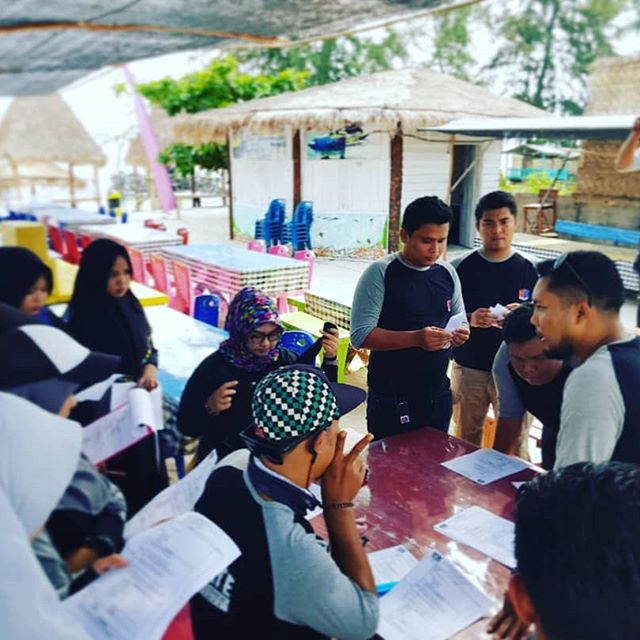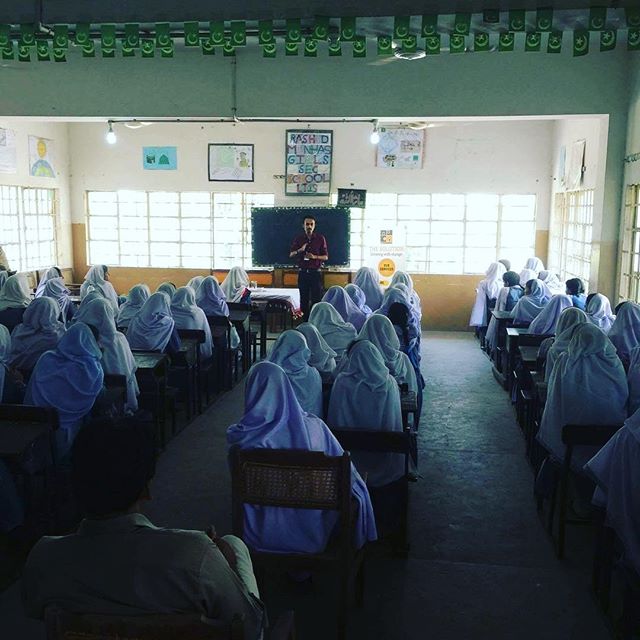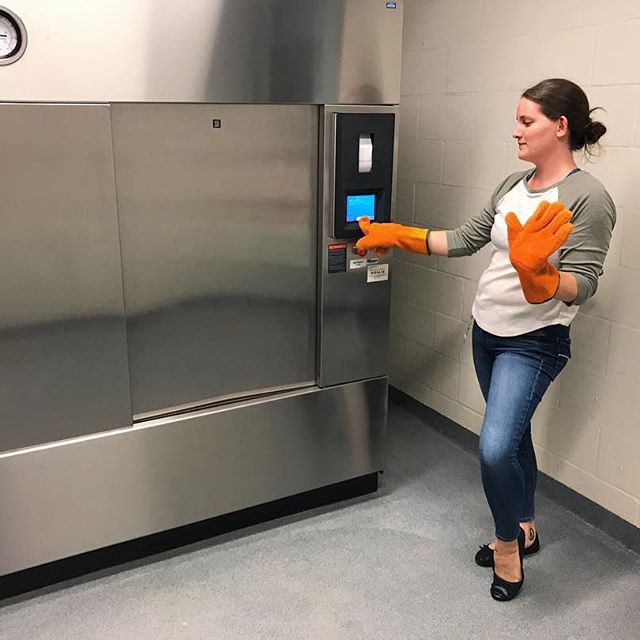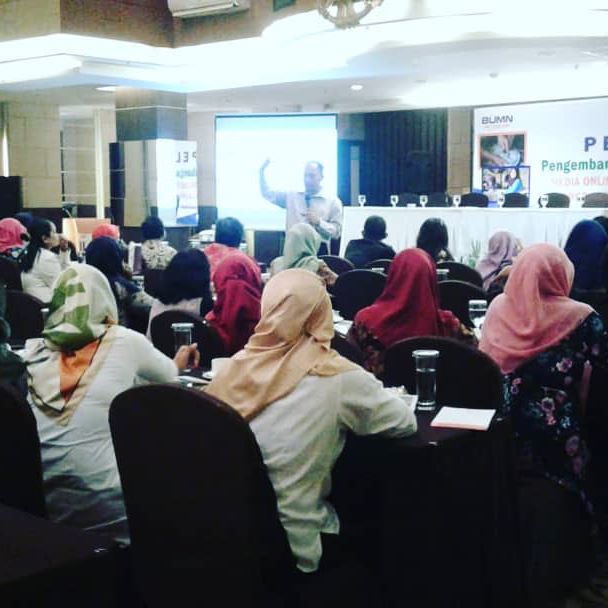WHAT IS CAPACITY ???
Capacity is defined as the ability of individuals, organisations ,organisational units and /or systems to perform functions effectively and in a sustainable manner…
Capacity is the means to plan and achieve…
WHAT IS CAPACITY DEVELOPMENT ???
The United Nations International Strategy for Disaster Reduction (UNISDR) defines ‘Capacity Development’ for
DRR as follows:
“The process by which people, organisations and society systematically stimulate and develop their capability over time to achieve social and economic goals, including through improvement of knowledge, skills, systems, and institutions – within a wider social and cultural enabling environment”
WHOME TO BE GIVEN CAPACITY ???
There are three levels of capacity development
: individual, institutional and enabling environment
(Capacities at the level of the enabling environment relate to such things as policies, legislation, institutional arrangements, leadership, political processes, power relations and social norms).

WHAT ARE THE MODES OF ENHANCING CAPACITY ???
1.Functional : functional capacities are needed to formulate, implement and review policies, strategies, programmes and projects
2.Technical : those associated with particular areas of need and with particular sector requirements or themes
WHOSE RESPONSIBILITY IS TO GIVE CAPACITY ???
- State level
- Non state level : NGOs, communitie, professionals, experts, private sectors etc
WHERE ARE THE FIELDS TO GIVE CAPACITY ???
#Class room
#On the job training
#Networking
#Immersion programmes
#Regular academic courses
#Attachments with other institutions
#Mock exercises and joint drills
THEMES FOR CAPACITY BUILDING —
National Disaster Management Plan(NDMP) identifies themes under three broad catogaries
1.Prevention or mitigation for disaster risk reduction
Hazards, Risk, and Vulnerability Assessment
Human resource development
Institutional strengthening
Improve the awareness and preparedness of stakeholders at all levels
Documenting lessons from previous disasters and ensuring their wide dissemination
Preparing DM plans, regular updating, and mock drills
Developing appropriate risk transfer instruments by collaborating with insurance companies and financial Institutions
Strengthening early warning systems
Mainstreaming of disaster risk assessment, mapping and management into development plans and programs
Revision of building codes and standards for rehabilitation reconstruction practices both for urban and rural areas
Retrofitting techniques
Rapid visual surveys for safety evaluation of buildings
Training and skill development for masons and other artisans
Reinforce systems to implement, monitor, and enforce regulations for DRR to promote disaster-resistant built environment

2. Effective preparedness and response
Emergency response capabilities – EOCs, infrastructure, equipment upgrades and adoption of best available technologies
Strengthening of the Fire and Emergency Service through revamping, institutional reforms, and modernization
Adoption and adaptation of emerging global good practices
Table-top exercises, simulations, and mock drills to improve operational readiness of the plans
Housing and Temporary shelters
Power and fuel supply management
Logistics and supply chain management
Media relations
Managing the dead, disposal of animal carcasses, and debris
Legal services/ support
3.Recovery and Build Back Better
Post-Disaster Needs Assessment systems and expertise
Credible damage assessment mechanisms and expertise
Planning capabilities to ensuring coherence of BBB with overall development efforts and goals
Studies and research for incorporating resilience into BBB models
Studies on past disasters and recovery to draw useful lessons

ROLE OF STATE IN DISASTER MANAGEMENT
The primary responsibility for disaster management lies with the state governments.
The role of the central governmentis supportive and supplementary – (The overall coordination of disaster management vests with the Ministry of Home Affairs (MHA). The Cabinet Committee on Security (CCS) and the National Crisis Management Committee (NCMC) are the key committees involved in the top-level decision-making with regard to disaster management.)
The local selfgovernments also have a major role toplay.
ROLE OF NATIONAL DISASTER MANAGEMENT AUTHORITY(NDMA)
# The Authority has been working on the two basic aspects of capacity building namely,
- Creating an enabling environment -eg : NDMA has prepared various hazard specific guidelines and reports
- Building organisational capacity
# NDMA conducts mock drills and simulation exercises at the district, state and the regional level to improve the response capacity of the State governments.
# The National Cyclone Risk Mitigation Project, the largest cyclone risk mitigation project under implementation, aims not only to empower the governments but also the communities at large, particularly women. It is arguably the biggest community capacity building exercise undertaken in the country.
#National School Safety Programme to build the capacity of students and teachers for better preparedness

ROLE OF NATIONAL DISASTER MANAGEMENT INSTITUTE(NDMI)
#NDMI undertakes training alongwith research documentation and development of a National level information base.
#It networks with other knowledge-based institutions and organises training for trainers, Disaster Management officials and other stakeholders.

#The NIDM strives to emerge as a ‘Centre of Excellence’ in the field of Disaster Management
#It plays an important role in developing and facilitating the implementation of a National training schedule for Disaster Management.
ROLE OF LOCAL SELF GOVERNMENT INSTITUTIONS IN DISASTER MANAGEMENT
“Mitigation is always local”.
All major aspects of governance related to disaster prevention and mitigation, such as land use planning, town
development, ensuring the safety of the built environment and enforcement of building codes, are with the localself-governments.
They are the first to respond among public institutions during a crisis situation. It is imperative that their capacity is built in terms of human resources, equipment and training.
Capacity development is also necessary for empowerment of the bodies of local self-governance.
The elected leaders and officials of Panchayats and Urban Local Bodies (ULBs) should be trained
to competently handle different types of crises, contribute to disaster preparedness, make proper use of available warnings, organise operations such as search, rescue, relief, medical assistance, and carry out damage assessment. They should also have a sound understanding of the needs of proper post-disaster rehabilitation.
The local leadership can play a key role in disaster management at all stages.
Capacity development must aim at increasing the competence of local bodies in all aspects of disaster management, mainstreaming DRR, and in promoting a culture of disaster prevention and DRR (NDMP 2016).

CONCLUTION
“Th history of humanity is the history of human beings succeeding or failing to cope up with disasters”
A long-term plan is needed for building sustainable capacities of all stakeholders
Networking among the various institutions involved in capacity building within and outside the country is also essential
Issues with top down model of capacity building approaches needs to be relooked. Hence, in future, the efforts for capacity building should be more demand driven, based on the understanding of the requirements of the community and context.
